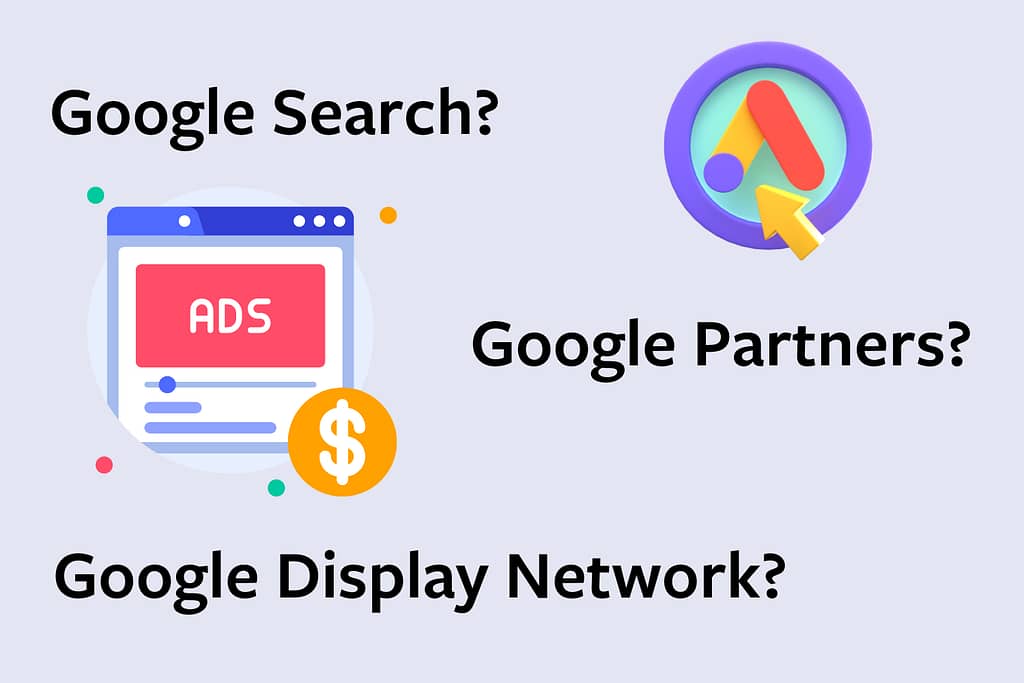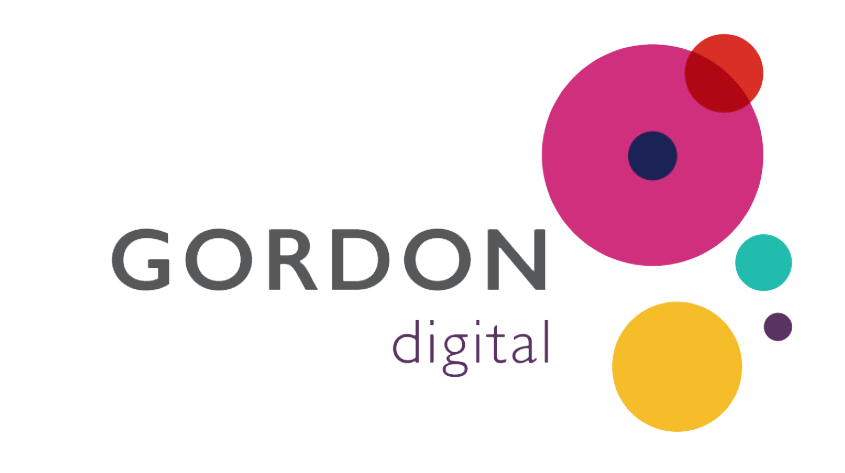
Key Takeaways
- Google Ads allows you to place advertisements on millions of websites via the Google Network.
- The Google Network includes Google Search, Google Display and Google Search Partners.
- The Google Search Network consists of Google Search, Image Search, Google Maps, Google Shopping and other related search engines.
- The Google Display network is made up of millions of third-party websites from all over the world.
- The Google Search Partner Network allows your ads to be displayed on hundreds of third-party search websites, including YouTube and other Google sites.
- Each of the Google Networks has its own pros and cons. They are typically used in combination to achieve the best results.
How the Google Ads Network Conquered the Internet
Google Ads is one of the best ways to connect with your target audience and maximise the reach of your ads. That’s because Google Ads can be placed on millions of websites from all over the world.
Google does this using its extensive Search Partner and Display networks.
The Search Partner and Display networks are an initiative where third-party websites sell advertising space to Google. Google uses this ad space to display ads that are published through the Google Ads platform.
By partnering with other websites, apps and vendors across the internet, Google is providing advertisers with a huge increase in possibilities.
While these additional networks provide plenty of opportunity, they also present their own challenges in mastering the art of ad placement.
In this article, we’ll discuss the differences between Google Search, Google Display Network (GDN) and Google Search Partners to help you improve the performance of your ads.
Why Does Google Use Multiple Networks for Google Ads?
Google serves ads across multiple networks to provide advertisers more ways to reach their target audiences effectively.
Each network caters to different user behaviours, intents and content consumption patterns. This allows advertisers to engage with audiences in dozens of different ways.
For example, you could use Google Ads to place advertisements within Google’s search results. But that only helps when customers are actively searching.
On the other hand, if you place advertisements using the Google Display Network, your ads can be displayed on third-party websites that are specific to your customers’ interests.
That means you’ll be able to reach customers at various points throughout the customer journey and make your ad campaigns more visible and effective.
Google Search Network
What is the Google Search Network?
The Google Search Network is a group of websites where you can display ads using the Google Ads platform. These ads are placed on Google Search, Google Image Search, Google Shopping, Google Maps and other Google properties.
Using the Google Search Network is a good way to reach customers that are actively searching for products and services similar to yours. This audience typically has high intent, and they can be a good way to drive immediate conversions.
For Example:
Consider a user searching for “best running shoes” on Google.
Their search query shows intent to purchase running shoes, making this the perfect moment for an advertiser to showcase their products. Ads appearing alongside search results can appeal to the user while they’re making a purchase decision, maximising the likelihood of conversion.
Challenges of the Google Search Network?
Google Search provides fantastic access to high-intent audiences. But advertisers face fierce competition. The auction-based nature of Google Ads means that bidding for top ad placements can be expensive, particularly for highly competitive keywords.
Moreover, maintaining ad relevance and quality is essential if you want to maximise your Return on Investment (ROI). This means you need to continuously monitor and optimise campaigns to ensure they remain competitive.
The other major challenge of the Google Search Network is that its reach is limited. While Google holds a market share of 91%, the Search Network can’t help you advertise to customers when they’re browsing other websites.
This limits your ability to connect with audiences at other stages of the customer journey.
Google Display Network
What is the Google Display Network?
The Google Display Network (GDN) is a vast ecosystem of websites, apps and other digital properties where advertisers can place ads using the Google Ads platform.
Advertisers can display ads in a variety of formats, including text, images, videos and responsive ads. These ads can be displayed on any website or app that’s part of the Google Display Network.
Google Display ads are placed based on targeting criteria like contextual relevance (i.e. whether the ad is relevant to the website it’s being placed on), audience demographics, and user behaviour. Advertisers can choose specific placements, or allow Google’s algorithms to automatically place ads.
The Google Display Network offers greater brand exposure and versatility. The ability to create visually captivating ads also makes the Display Network very effective for capturing attention.
Additionally, these types of ads can reach users who may not be actively searching for your products or services. This builds brand awareness and expands the reach of your marketing efforts.
For Example:
A user is browsing a cooking website while looking for recipes. Alongside the recipe content, they encounter display ads promoting kitchen appliances or gourmet ingredients.
While the user is primarily looking for a recipe, kitchen appliances are contextually relevant to the cooking website, which increases the likelihood that they will engage with the ad.
By placing ads within relevant content, or targeting users based on their browsing behaviour, advertisers can effectively capture the attention of potential customers.
Challenges of the Google Display Network?
The Google Display Network isn’t perfect. Ads placed on this network often have relatively low click-through rates when compared to search ads.
It can also be challenging when ads are served in a visually cluttered environment where you are competing against other content elements for the user’s attention. As a result, it requires careful creative optimisation and targeting to stand out.
Tracking your results through the Display Network can also be an issue. Tracking the outcome of your campaigns typically requires advanced attribution models that are beyond the capabilities of amateur advertisers, making it difficult to achieve your target ROI.
Google Search Partner Network
What is the Google Search Partner Network?
The Google Search Partner Network extends the reach of Google Ads beyond the primary search engine. The Network includes hundreds of partner websites and apps, like YouTube.
These partner sites have integrated Google’s ad-serving technology, allowing them to display ads alongside their content. Like with the Display Network, the Search Partner Network also allows you to reach customers at different stages of the buying journey.
For Example:
Imagine a user browsing YouTube. They’re looking for reviews of the “best gaming laptop”.
Alongside the organic search results for reviews of gaming laptops, the user also sees ads for relevant products. These are placed within the search results to provide the user with additional browsing options, or they can potentially make a purchase based on their research.
Expanding ad placement to include Search Partners significantly broadens the reach of your campaigns. By tapping into additional search platforms, you can amplify brand visibility and drive even more conversions.
Challenges of the Google Search Partner Network
The biggest challenge of the Search Partner Network is a lack of control over ad placement and performance.
While Search Partners have integrated Google’s ad-serving technology, they don’t necessarily provide the detail of traditional Google Ads. This can make it difficult to track, target and optimise your campaigns.
You also don’t have direct oversight of where your ads are appearing on partner sites. This creates a risk that ads may be displayed in contexts which don’t align with your brand image or target audience.
Additionally, since you won’t have access to granular performance data, it’s difficult to accurately assess the effectiveness and ROI of campaigns.
The Pros and Cons of Each Google Network
Google uses multiple networks for its advertising to help you reach more customers, more effectively.
Each of the three networks has its own strengths and weaknesses. When used together, Google’s Networks can reach any customer at any stage in their buying journey, and that’s a huge advantage for advertisers.
There’s no “best” network to use for your next ad campaign. You’ll need to consider the pros and cons of each when deciding where to place your ads:
| Pros | Cons | |
| Google Search Network | High-intent audience Targeted keyword advertising High conversion rates | High competition Potentially higher CPCs Limited visual appeal |
| Google Display Network | Broad reach Diverse ad formats Cost-effective impressions | Lower conversion rates Lower intent audience Potential for ad fatigue |
| Google Search Partner Network | Extended reach Potential for high-quality traffic | Lack of control over ad placement Limited performance data |
Turn Google Ads Into Long-Term Business Growth
There’s no one-size-fits-all approach to Google Ads.
It’s crucial to test and experiment with different networks to determine the best combination for your business, goals and target audience.
With a little bit of trial and error, it’s possible to turn Google Ads into a sustainable source of revenue for your business. Getting started is simple, and the team at Gordon Digital would love to help!
Gordon Digital are experts in Google Ads management. We’ve worked with clients across hundreds of industries. Our strategies make use of all three Google Ads Networks, so we can generate the sales, leads and enquiries your business needs.
Talk to our team to learn more about Google Ads, or book a strategy session to see how we can kickstart your success!

